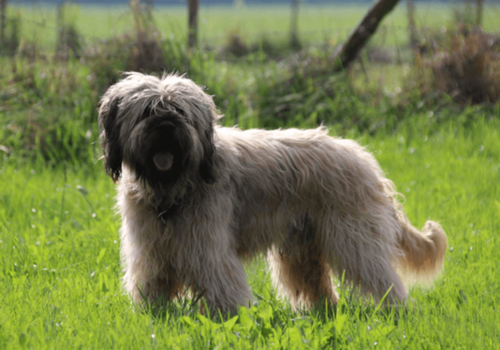Thought to be a relatively recently developed breed, thePortuguese Sheepdog’s history is shrouded in mystery. The most widely accepted theory is that the first Conde de Castro Guimaraes, Manuel Inácio de Castro Guimarães, in no earlier than 1909, imported a number ofBriardsfrom France to herd his flocks of sheep. (At the time, Briards were a well-regarded herding dog and famous throughout Europe for successfully aiding France in WWI.)
Though the breed were excellent herders, they were ill-equipped to handle the local Portuguese climate and terrain. The Conde’s solution was to cross his Briards with local herding breeds, possibly the previously mentioned Catalan Sheepdog andPyrenean Shepherd. This theory is based on circumstantial evidence, though it very likely may be true due to the traits and appearance of the Portuguese Sheepdog. By the end of the 1920s, this new sheepherding breed became very well known in its native mountainous home as well as the adjacent region of Alentejo.
With Portugal’s limited involvement in WWI and its complete absence from WWII, the Portuguese Sheepdog was saved from the sharp population declines prevalent in other European breeds at the time.In 1932, the Portuguese Kennel Club granted the breed full recognition, using a standard written by Dr. Antonio Cabral and Dr. Felipe Morgado Romeiros.However, due to modern technologies, the urbanization of its homelands, and a lack of international recognition, by the 1970s, the breed had become very rare and was thought to be on the verge of extinction.
Beginning in the late ’70s, a group of breeders and owners banded together to bring back the breed. With the helpful push of a new group of fanciers during the ’80s, the Portuguese Sheepdog was bred to be more of a companion dog and was thus discovered by middle class Portuguese suburbanites.
The FCI finally formally recognized the breed in 1996 as a member of the Herding Group. The breed is still rare outside Portugal and, within the country’s borders, it is almost always seen as a companion, with only a very few dogs still herding in its native mountain region.










